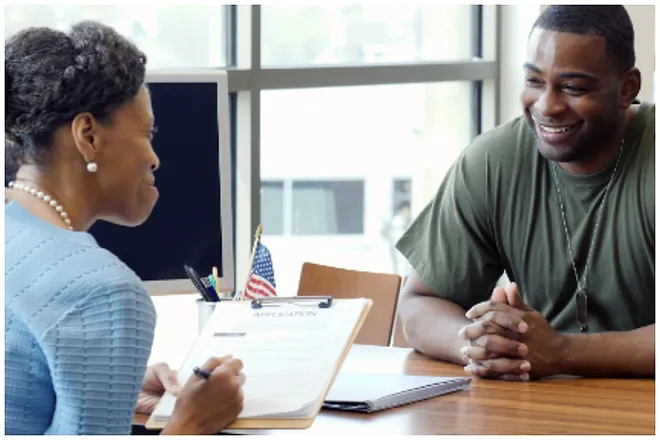Every year, nearly 200,000 service members leave active duty and face the challenging journey of returning to civilian life. For many, this transition is complex—balancing career changes, education, healthcare, and family responsibilities. To support veterans, the Department of Veterans Affairs (VA) has built a system of VA Transition Programs designed to ease this shift.
But how many VA Transition Programs exist, and what do they actually offer to veterans and their families?

What Are VA Transition Programs?
VA Transition Programs are structured resources, training, and outreach services created to help military members adjust to civilian life. They cover career placement, benefits education, healthcare guidance, and family support.
The VA highlights four core programs, along with additional initiatives that expand the network of support for veterans.
The Four Core VA Transition Programs
According to the official VA Transition Assistance portal, there are four primary programs that form the backbone of the system:
1. Veteran and Spouse Transitional Assistance Grant Program (VSTAGP)
- Provides grants to nonprofit organizations.
- Focuses on career placement, resume writing, and job training.
- Includes support for both veterans and spouses, recognizing that career transitions often affect the entire family.
2. Warrior Training Advancement Course (WARTAC)
- A specialized career training program.
- Prepares transitioning service members for long-term careers within the federal government.
- Gives veterans a pathway to stable and secure employment.
3. Transition Assistance Program (TAP)
- The VA’s flagship program.
- Offers mandatory courses for most separating service members.
- Covers VA benefits, education opportunities, financial readiness, and family support resources.
- Serves as the most widely used entry point into post-service life.
4. Warriors to Workforce Program
- Helps translate military skills into civilian roles.
- Focuses on building careers in federal civilian service.
- Offers training and mentorship to ensure veterans can leverage their experience effectively.
Additional VA Transition Resources and Initiatives
Beyond the four main programs, veterans can access supportive initiatives that provide personalized outreach and specialized training.
VA Solid Start
- Provides outreach calls at 90, 180, and 365 days after separation.
- Helps connect veterans with VA benefits and services.
- Ensures no veteran feels left without support during their first year out of service.
DoD SkillBridge (with VA collaboration)
- Allows service members to intern or apprentice with civilian employers while still on active duty.
- Bridges the gap between military and civilian careers through hands-on experience.
Specialized Transition Modules
- Women’s Health Transition Training (WHTT): Tailored guidance for women veterans on healthcare and resources.
- VA Benefits and Services Course: Deep dive into healthcare, housing, and financial support options.
Why VA Transition Programs Matter
Not all veterans face the same challenges. Some leave the military with medical conditions, while others focus on career uncertainty or financial stability. VA Transition Programs are designed to meet veterans where they are—offering multiple entry points into civilian life.
However, participation is crucial. Veterans who skip TAP classes, miss Solid Start calls, or delay enrollment in SkillBridge risk losing valuable benefits. Consistent engagement ensures smoother reintegration.
How Veterans Can Get Started
The VA recommends early preparation and consistent follow-through. Here are actionable steps for service members preparing to leave active duty:
- Sign up for TAP early – Ideally 12 months before separation or 24 months before retirement.
- Answer Solid Start calls – Personalized assistance during the critical first year away from service.
- Explore grants and training – Programs like VSTAGP and Warriors to Workforce can strengthen career opportunities.
- Apply for SkillBridge – Gain real-world experience before officially leaving active duty.
How Many VA Transition Programs Exist?
There are four core VA Transition Programs, supported by several outreach initiatives and specialized training modules. Together, they form a safety net for service members and their families as they adjust to civilian life.
The VA strongly encourages veterans to start the process early, stay engaged, and take advantage of every available resource. For many, these programs are the difference between a difficult transition and a smooth, successful path forward after military service.





